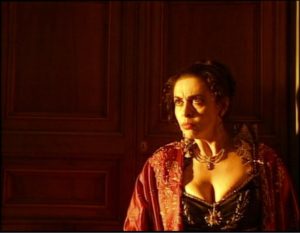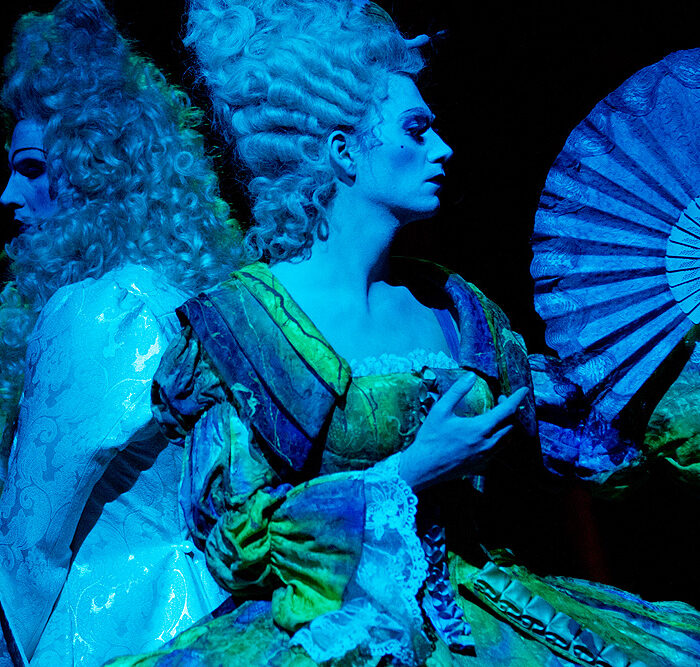
Artist Profile: Catherine Malfitano, Soprano & Director
By David SalazarCatherine Malfitano is that rare career where the star soprano also becomes a prominent director.
The New York native was born on April 18, 1948, to a violinist and a ballet dancer. In such a circumstance it is no surprise that Malfitano would have some sort of career in the arts.
And sure enough, her early upbringing cemented that. She attended the High School of Music and Art, studied at the Frank Corsaro Studio, and then went to the Manhattan School of Music.
Nanetta in “Falstaff” would represent her professional debut in 1972, a role she showcased with the Central City Opera. Minnesota Opera and New York City Opera followed.
Then came an international career at the greatest houses in the world, including the Royal Opera House, Lyric Opera of Chicago, Metropolitan Opera, Teatro all Scala, Royal Opera House, La Monnaie, Wiener Staatsoper, Salzburg Festival, Houston Grand Opera, Bayerische Staatsoper, Los Angeles Opera, Gran Teatre del Liceu, and San Francisco Opera, among many others. In sum, she sang over 70 roles throughout her career in a wide range of repertoire, from baroque all the way to modern American composers.
When her opera career came to an end, she turned into an opera director, her first production coming with the Central City Opera. She also directed productions with the English National Opera, Canadian Opera Company, Washington National Opera, and Lyric Opera of Chicago, among others.
Top Roles
When you sing over 70 roles, pinning down a signature is not easy. And this is made all the more challenging when the artist at hand is a champion of a wide-range of repertoire.
But there are a few operas that Malfitano dominated.
The first of these is Richard Strauss’ “Salome,” the soprano’s most iconic portrayal. Aside from packing the vocal wallop for the role, she is also one of the few divas with the courage to go completely nude at the end of the famous “Dance of the Seven Veils.”
She was also a major “Tosca” interpreter, performing the role in a filmed version that was broadcast live from locations throughout Rome. That immortal rendition earned the soprano an Emmy nomination, as her strong acting abilities brought the character to life in ways few other sopranos have achieved before or since.
Watch and Listen
We are going to include a “Tosca” from Malfitano, even if it isn’t THE “Tosca.”
And for good measure, here is her “Salome” from the Royal Opera House.
Categories
Opera Wiki

